For many people, the terms Hollow Structural Section (HSS) and Tube Steel (TS) may sound interchangeable. After all, both refer to steel tubes with square, rectangular, or round cross-sections, right?Well, not quite.Although the terms are sometimes used interchangeably in casual conversation, they refer to distinct categories in the steel industry — each with its own standards, applications, and manufacturing specifications. Understanding the differences between HSS and traditional steel tubing (TS) is essential for engineers, fabricators, and contractors when selecting the right material for a project.
How traditional steel tubing is defined.
The phrase “traditional tubing” usually points to round pipe produced either by seamless extrusion or by Electric Resistance Welding (ERW). Wall thickness is designated by “schedules” (SCH 10,
SCH 40,
SCH 80, and so on), so two pipes with the same outside diameter can have very different weights and internal bores. Seamless versions meet ASTM A106 or API 5L; welded versions often comply with ASTM A53.Traditionally in the U.S., the term “tube steel” was widely used to describe closed steel sections — whether square, rectangular, or round. These were most often produced according to ASTM A500, the standard for cold-formed, welded, and seamless carbon steel structural tubing.
In Canada, the equivalent specification is CSA G40.21, while in Europe and Asia, terms like HSS (Hollow Structural Sections), SHS (Square Hollow Section), RHS (Rectangular Hollow Section), and CHS (Circular Hollow Section) are more commonly used. Despite regional variations, these all refer to steel sections designed primarily for structural applications.
Interestingly, even organizations like the Steel Tube Institute (STI) were founded using the traditional nomenclature — a nod to the earlier era when “tube steel” dominated the industry vocabulary.
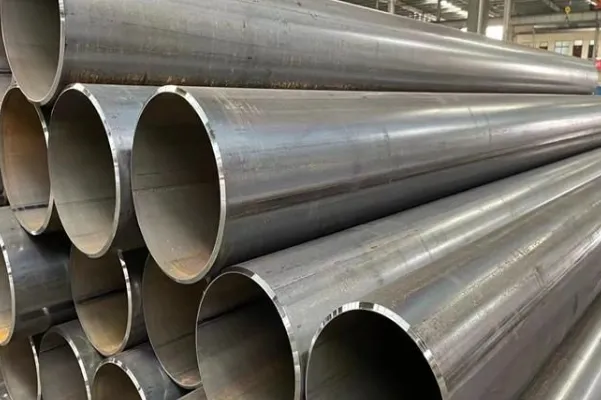
What HSS really means.
Hollow Structural Section (HSS) steel refers to steel profiles with uniform wall thickness, available in shapes such as square, rectangular, circular, and sometimes oval. Widely used in the U.S. for structural applications, HSS steel is manufactured to ASTM A500 standards, which specify a minimum yield strength of 46,000 psi—higher than the 35,000 psi required for ASTM A53 steel. These sections feature a smooth surface finish, making them ready for painting or welding, and they are not pressure-tested since they are not intended for fluid transport. Compared to traditional steel tubing, HSS is cold-formed, offers tighter dimensional tolerances, and provides an excellent strength-to-weight ratio, making it a cost-efficient and durable choice for construction and engineering projects.
Comparison Table: HSS vs Traditional Steel Tubing
|
Feature
|
Hollow Structural Sections (HSS)
|
Traditional Steel Tubing (TS)
|
|
Primary Standard
|
ASTM A500 (Grade B or C), CSA G40
|
ASTM A53
|
|
Yield Strength
|
≥ 46,000 psi
|
~35,000 psi
|
|
Cross-Section Types
|
Square, Rectangular, Round, Elliptical
|
Round (mainly)
|
|
Usage
|
Structural framing, columns, bridges, supports
|
Fluid transport, conduit, hydraulic systems
|
|
Measurement Basis
|
Outer Diameter (OD) & Wall Thickness
|
Nominal Pipe Size (NPS) & Schedule
|
|
Pressure Testing
|
Not required
|
Mandatory
|
|
Surface Finish
|
Clean, ready for painting/welding
|
Galvanized/zinc-coated
|
|
Dimensional Tolerance
|
Tighter and more consistent
|
More variable tolerances
|
|
Appearance
|
Smooth, uniform profile
|
Often rougher, with seam lines
|
Common Applications of HSS Steel
HSS steel is widely used in structural and load-bearing applications due to its superior strength, clean finish, and cost-effective material usage.
HSS Applications Include:
Building columns and beams
Steel frameworks
Parking garage barriers
Bridges and trusses
Stadiums and high-rise structures
The rectangular and square shapes of HSS are especially popular in architectural applications due to their modern aesthetic and strength against multi-directional loads.
Common Applications of Traditional Steel Tubing (TS)
TS tubing is optimized for systems involving fluid movement and protective conduit, rather than for structural support.
TS Applications Include:
Plumbing and water supply lines
Conveyor systems
Hydraulic and pneumatic lines
Vehicle fuel and exhaust systems
Aircraft motor shafts and landing gear
Medical equipment
Its corrosion resistance and galvanized finish make it ideal for environments where exposure to moisture or chemicals is common.
Strength and Performance Comparison
One of the most notable differences is in strength performance:
HSS Yield Strength: ≥ 46,000 psi
TS Yield Strength (A53): ~35,000 psi
HSS’s higher yield strength means less material is needed to achieve the same structural performance, leading to weight and cost savings in construction.
Additionally, the smooth surface of HSS (no lacquer coating needed) allows for faster welding and painting, reducing labor costs.
Is Tube Steel the Same as HSS?
While the terms “tube steel” and “HSS” are sometimes used interchangeably, particularly in informal settings, they are not technically the same.
HSS is a structural designation based on rigorous standards (
ASTM A500, CSA G40), engineered for load-bearing and architectural applications.
TS steel (ASTM A53) refers to pipe and tubing made for pressure and mechanical use, often galvanized and schedule-rated.
Understanding this distinction is vital when ordering materials — misusing a TS pipe in place of an HSS member in structural design could lead to non-compliance, unexpected deformation, or structural failure.
While HSS and TS steel tubing may appear similar at first glance, they serve very different purposes in the industrial world. Misidentifying them can lead to cost overruns, performance issues, and even structural failure. By understanding their unique properties and standards—ASTM A500 for HSS and ASTM A53 for TS—you can make better purchasing decisions that save money and ensure long-term durability.If you're sourcing steel tubing for your project, be sure to consult with a materials specialist or supplier who understands the structural and chemical specifications of each type. Making the right choice at the beginning can make all the difference in the quality and success of your work.
Need high-quality HSS or traditional steel tubing for your project? Contact our team at BAOWI Steel for expert guidance, custom orders, and fast delivery across global markets.






 English
English Español
Español بالعربية
بالعربية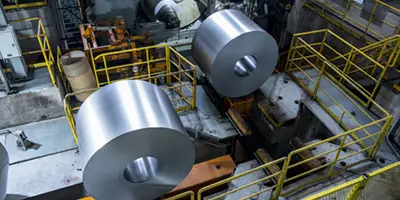

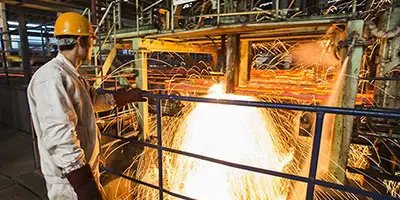
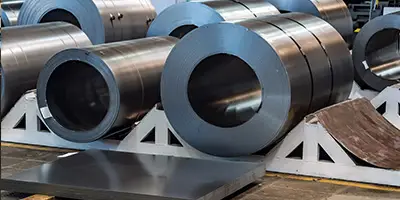

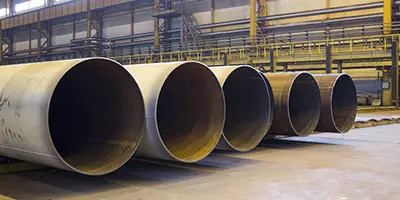

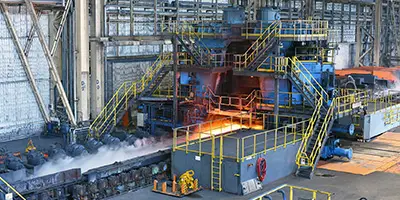
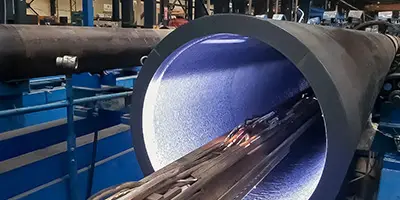
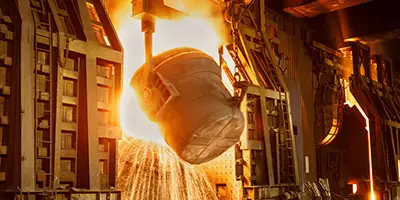


 Phone :
Phone :  Whatsapp :
Whatsapp :  Email :
Email : 


